
Not only are industrial parks the driving force for attracting investment and developing production, they are also the place where most of the greenhouse gas emissions, industrial wastewater and solid waste are concentrated. Therefore, reducing emissions in industrial parks is not only a part, but also a prerequisite for realizing the country's Net Zero commitment.
Many industrial parks are emitting at high levels.
According to the survey, many industrial parks in Vietnam were built from 1990-2010, when climate change had not yet become a global priority. This has led to the fact that many businesses in industrial parks still use outdated production technology, energy-consuming equipment such as coal-fired boilers, direct water cooling systems, and low-power mechanical engines. Some industries such as textile dyeing, food processing, and metallurgy still apply old standard technology, emitting large amounts of CO₂, NOx, SO₂, and untreated wastewater.
Environmental treatment systems also mainly use old, unsynchronized technology. It is estimated that only about 30% of industrial parks have centralized wastewater treatment systems that meet QCVN standards and are automatically monitored. The rest either do not have them or have unstable quality. Solid waste, especially hazardous waste, is still mainly treated in a decentralized manner, without supervision and the recycling rate is very low.
Most industrial parks have not applied real-time environmental monitoring systems and do not measure carbon emissions quantitatively, leading to a lack of basis for effective control and reduction.
The above realities make industrial parks the "bottleneck" of the journey to reduce emissions. If transformed in the right direction, industrial parks will become a "springboard" to help Vietnam achieve the Net Zero target in a practical and feasible way. The question is not whether it is possible or not, but who will go first, and where.
What are the solutions to reduce emissions?
Achieving the Net Zero target by 2050 is not only the responsibility of the Government , but also the opportunity and responsibility of industrial park investors and businesses operating within them. If they proactively invest in the right direction, they can completely create systemic changes, helping to reduce 20-40% of greenhouse gas emissions within 5-10 years. Some effective solutions have been proven in practice.
For example, a textile dyeing enterprise in Nam Dinh proactively replaced its coal-fired boiler system with a biomass boiler and integrated a waste heat recovery system. As a result, CO₂ emissions were reduced by more than 30%, while saving up to 25% in energy costs each year.
In Hung Yen , 21 enterprises operating in industrial parks in the province have been approved to install rooftop solar power systems, with a total capacity of over 25MW. After installing the solar power system, the enterprise will receive an I-REC certificate (renewable energy certificate), so many enterprises tend to switch to this clean energy source.
Investors can also proactively implement solutions to reduce emissions, reuse wastewater, and increase the ability to circulate resources within the area through symbiotic solutions between enterprises in the industrial park (a criterion for recognition as an ecological industrial park). At Tra Noc 1&2 Industrial Park, the initial implementation has helped save enterprises nearly 47 billion VND/year, while also helping to reduce electricity consumption (13,255,095 kWh); water (365,326 m3 /year); chemicals and waste (666 tons/year); reducing 12 Kt of CO2 gas/year.

“The proactive conversion of investors and enterprises in the industrial park to a green, low-emission production model not only helps Vietnam get closer to the Net Zero target, but also improves competitiveness and attracts high-quality investment capital from global partners who prioritize ESG factors,” said Mr. Le Hong Quan - Director of Dong Van II Industrial Park Complex, KCNIMC Service and Management JSC.
To realize the transformation goal, besides the guiding role of investors and the initiative of enterprises, the management and operation of industrial parks hold a key position.
The Industrial Park Operation Management Unit is the “bridge” between policies, industrial park infrastructure and practical actions, helping to realize green goals through monitoring and effectively operating the centralized wastewater treatment system; applying the smart industrial park system using IOT technology to collect, measure and analyze environmental indicators of the industrial park to provide timely solutions as well as ensure transparent data for environmental reports.
The capacity of the operation management unit in the industrial park in continuously improving technology and digitally transforming operations also contributes significantly to supporting businesses in the industrial park in accessing new technology solutions, integrating digital technology in smart environmental management, smart security, etc.
The Industrial Park Management Unit also plays an important role in promoting "symbiosis" between enterprises in the Industrial Park to save production costs and reduce emissions.
Industrial parks are an extremely important factor in the goal of moving towards Net Zero. To transform the entire industrial park towards sustainable development, contributing significantly to the goal of Net Zero, always requires the attention of all industrial park infrastructure investors, secondary enterprises and industrial park management and operation units.
Source: https://hanoimoi.vn/khu-cong-nghiep-tac-nhan-then-chot-trong-hanh-trinh-net-zero-cua-viet-nam-703255.html



![[Photo] Top players gather at the 2025 Nhan Dan Newspaper National Table Tennis Championship](https://vphoto.vietnam.vn/thumb/1200x675/vietnam/resource/IMAGE/2025/5/23/9ad5f6f4faf146b08335e5c446edb107)




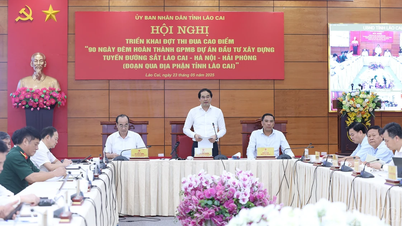

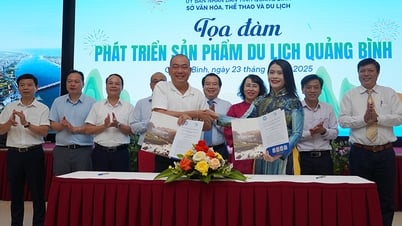

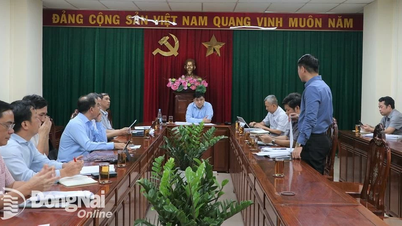



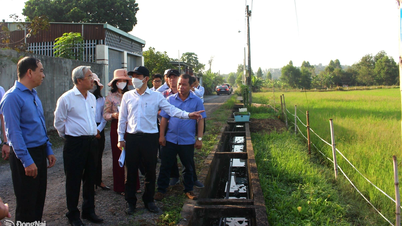




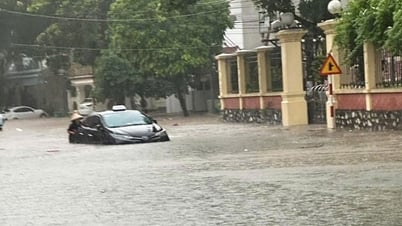
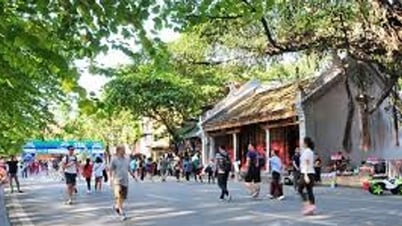

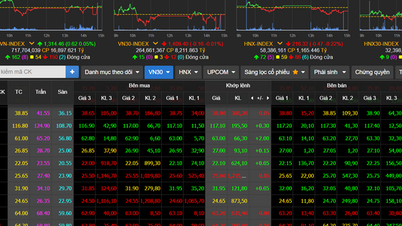






















































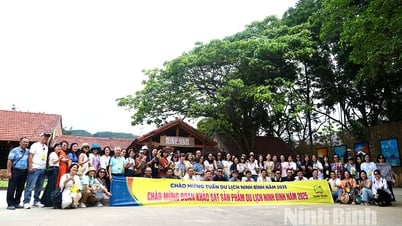

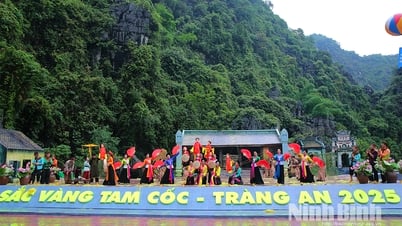













Comment (0)